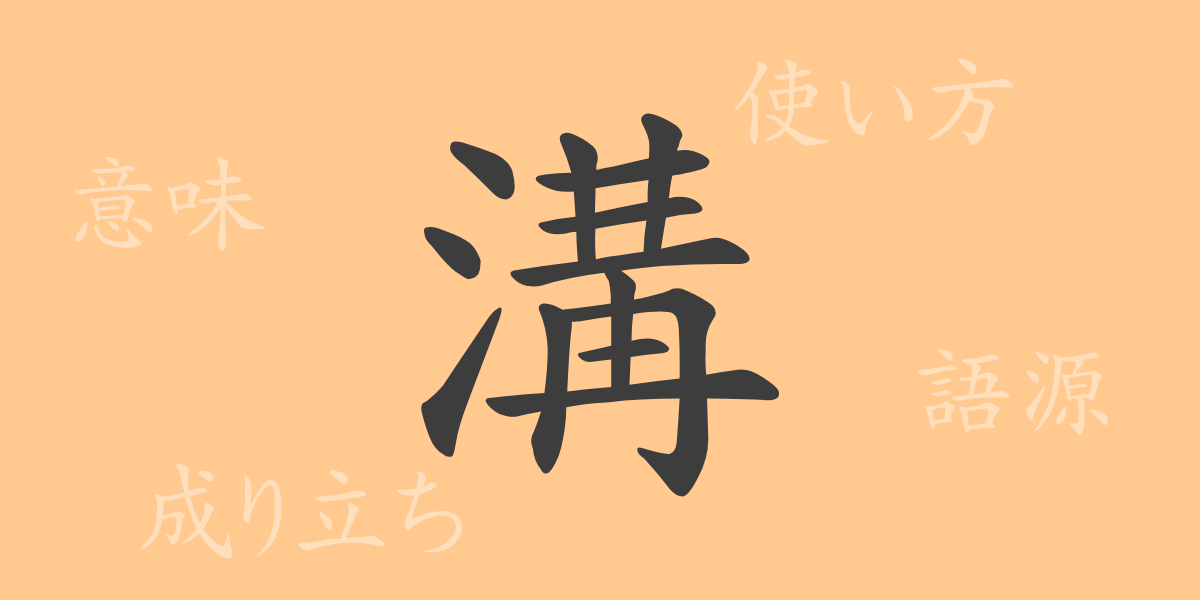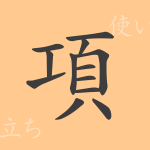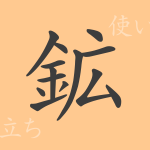In our daily lives, the kanji characters we use without much thought each have their own history and background. “溝(みぞ)” is one such kanji. This article delves into the origins, meanings, and usage of the kanji “溝(みぞ),” as well as related idioms and proverbs. Let’s explore the world of “溝(みぞ),” a familiar character in the realm of commonly used Japanese kanji.
Origin of 溝(みぞ) (Etymology)
The origin of the kanji “溝(みぞ)” traces back to ancient China. It originated as a pictograph representing a ditch or channel for drawing water and evolved into its current form over time. From its shape, it came to mean a trench for channeling water and the act of digging a ditch, and it has been used in various cultures and languages.
Meanings and Usage of 溝(みぞ)
“溝(みぞ)” refers to a trench dug into the ground or the gap that arises between things. Specifically, it can mean a water channel or drainage ditch, or metaphorically, it can refer to a gap in opinions or a rift in relationships. Thus, it is used to describe both tangible physical ditches and abstract gaps.
Readings, Stroke Count, and Radical of 溝(みぞ)
The kanji “溝(みぞ)” has multiple readings and is used differently depending on the context.
- Readings: On-yomi: こう, Kun-yomi: みぞ
- Stroke count: 13 strokes
- Radical: 水(みず, さんずい)
Idioms, Phrases, and Proverbs Using 溝(みぞ)
There are many idioms, phrases, and proverbs that include “溝(みぞ),” leveraging its symbolic meanings. For example, “溝を埋める(みぞをうめる)” means to resolve differences or gaps, and “心に溝ができる(こころにみぞができる)” means to develop a rift in a relationship. These expressions are prime examples of the richness of the Japanese language.
Conclusion on 溝(みぞ)
Understanding the meanings and history embedded in each kanji character leads to a deeper understanding of the Japanese language. “溝(みぞ)” is used to express various things and situations suggested by its shape, contributing to the expressiveness of Japanese. We hope this article has helped you appreciate the multifaceted nature of “溝(みぞ).”

























